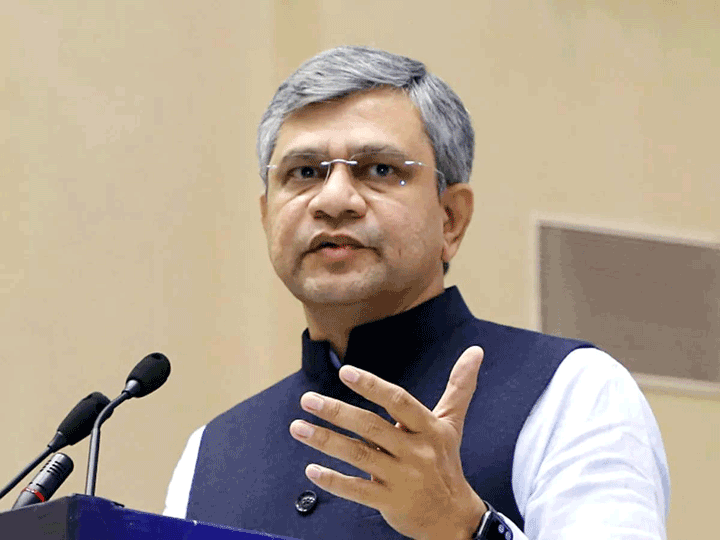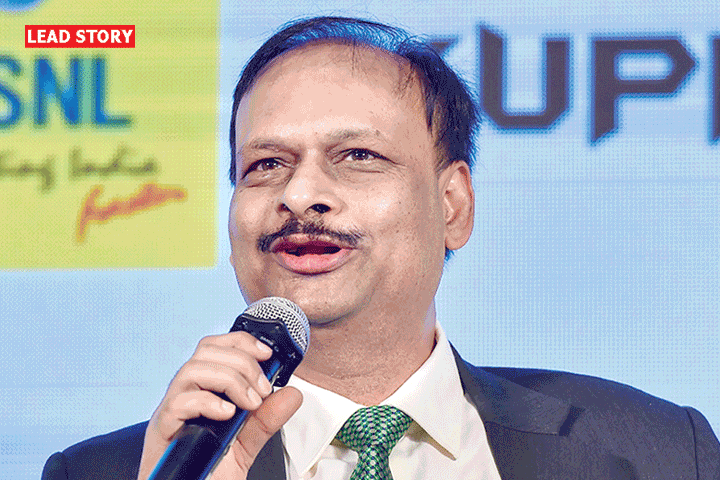Satellite communications to offer network coverage in far-flung, rural areas: Ashwini Vaishnaw
Terrestrial mobile networks are providing coverage across over 95% of India, and the emergence of satellite communications or satcom will be crucial in providing connectivity to far-flung and remote locations, especially in the northeast region of the country, Minister for Communications, IT and Railways Ashwini Vaishnaw said Wednesday at the India Satcom Symposium 2024.
“We have practically covered more than 95% of the entire country through the terrestrial network. Whatever villages are left out, even those villages are getting covered now in a mission mode with the availability of satellite communication, including the far-flung and remote villages and areas especially in the northeast, along the Himalayan ranges, and in some of the forest areas, and some island areas,” Vaishnaw said.
Organised by ETSatcom, the conference has seen participation from top industry executives worldwide as well as regulatory and government officials from the Indian National Space Promotion and Authorisation Centre (Inspace), Telecom Regulatory Authority of India (Trai), NewSpace India Limited (Nsil), and the Indian Space Research Organisation (Isro).
Citing the advancements made by India in the technology domain, he said that developing an end-to-end telecom stack was considered difficult by many countries, but India has joined the elite club by developing its homegrown telecom stack.
“Today, it is in the hands of just five companies in the world. And now India has joined that elite club,” the minister said.
Recently, India has developed its own 4G-5G telecom stack which is being deployed by the state-run Bharat Sanchar Nigam Limited (BSNL) pan-India network.
In December 2022, the indigenous telecom stack for BSNL 4G network was tested for 10 million simultaneous mobile phone calls.
State-owned telco has been offering very small aperture terminal (VSAT) communication services based on Ku band with an earth station in Bengaluru.
“The entire world is talking about DPI (digital public infrastructure) and the approach of public-private partnership. This has revolutionised financial services, eCommerce, and the way the government interacts with its citizens. I am sure similar innovations will be seen in the space sector,” Vaishnaw said.
Further, he said that Prime Minister Narendra Modi took the bold decision of opening the space sector to youth, scientists and entrepreneurs which has started resulting in the development of new products.
“In the future, we will see many more such changes, many more new innovations coming out of the startups in the space sector and the other interconnected sectors,” Vaishnaw added.
Prime Minister Narendra Modi-led government aims to promote space-related innovation, including support to start-ups in the nascent space sector.
In April last year, the Centre unveiled the Indian Space Policy that encourages innovation, research and development (R&D) and private sector participation in the nascent industry with an ambition to grow the country’s space economy.
Earlier, Minister of State for Science and Technology and the Department of Space Jitendra Singh said that the role of the private sector would be prime to achieve the expected economic figure.
Following the policy roadmap, private players are increasingly participating in space-based applications and services, and domestic firms are collaborating with international space organisations and companies, for service delivery.











